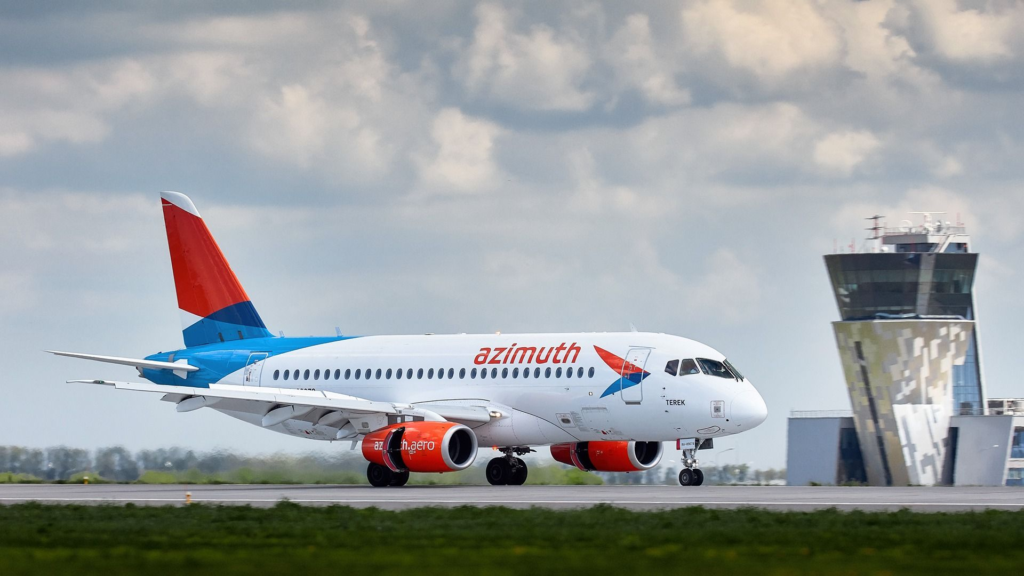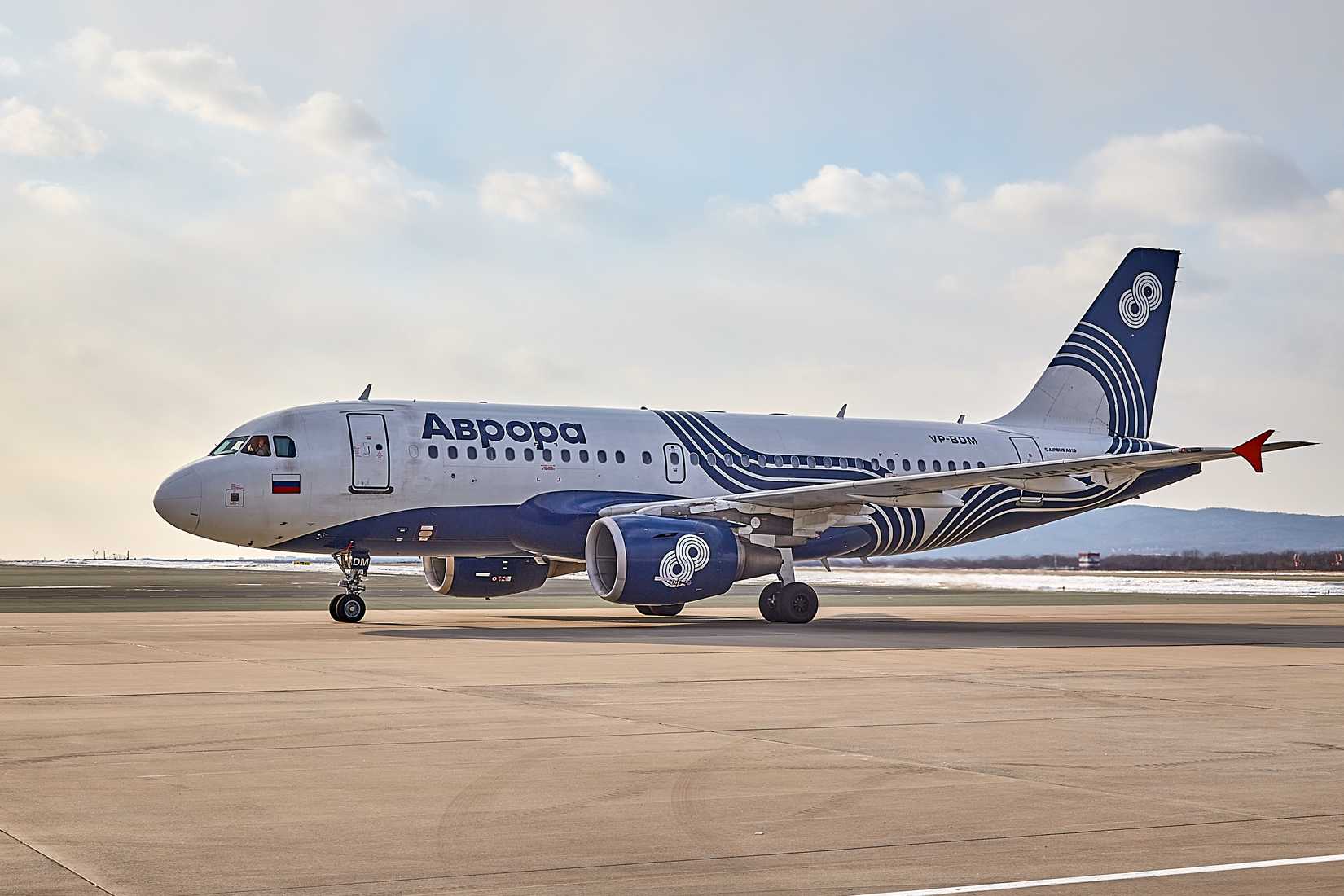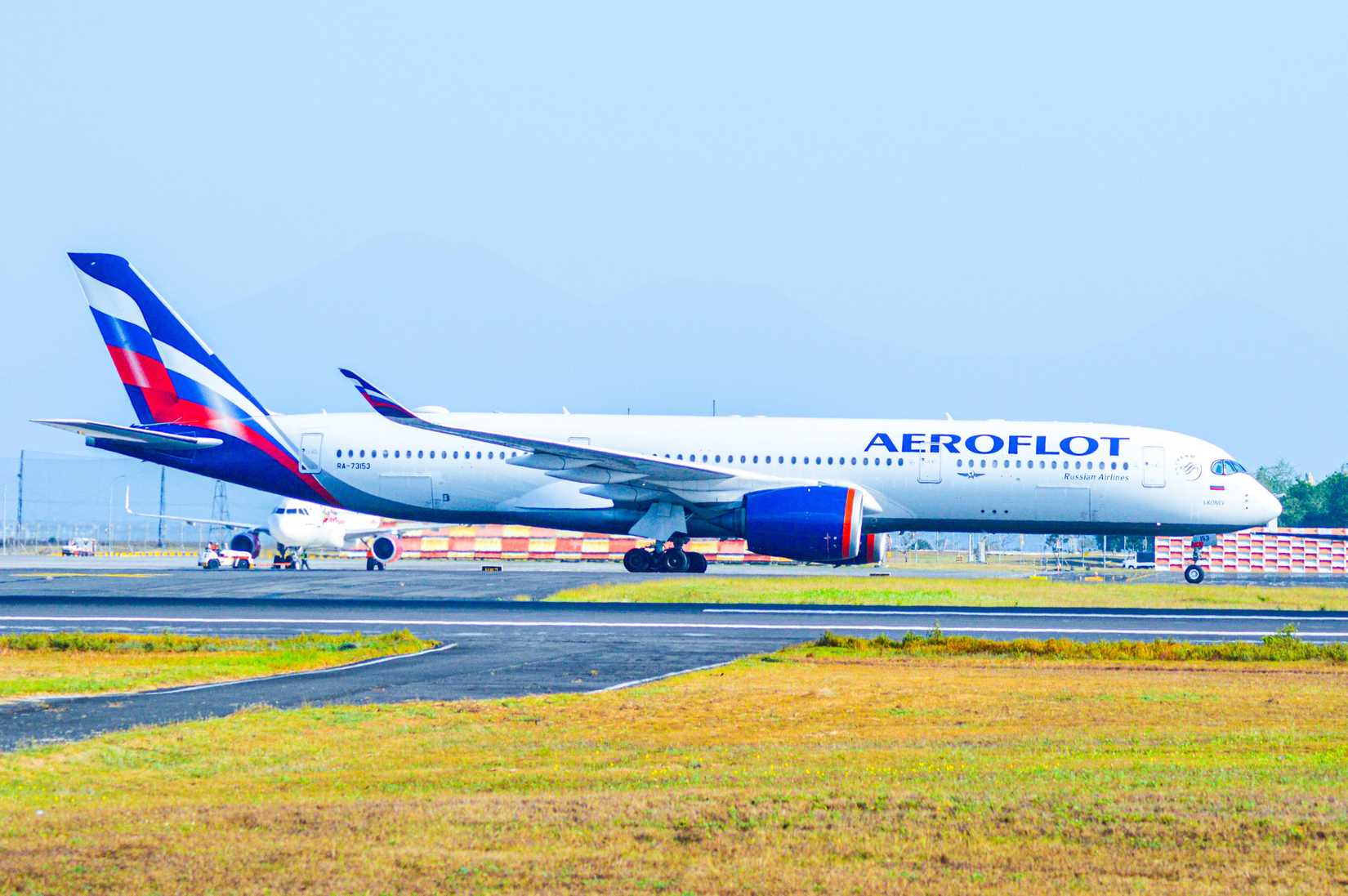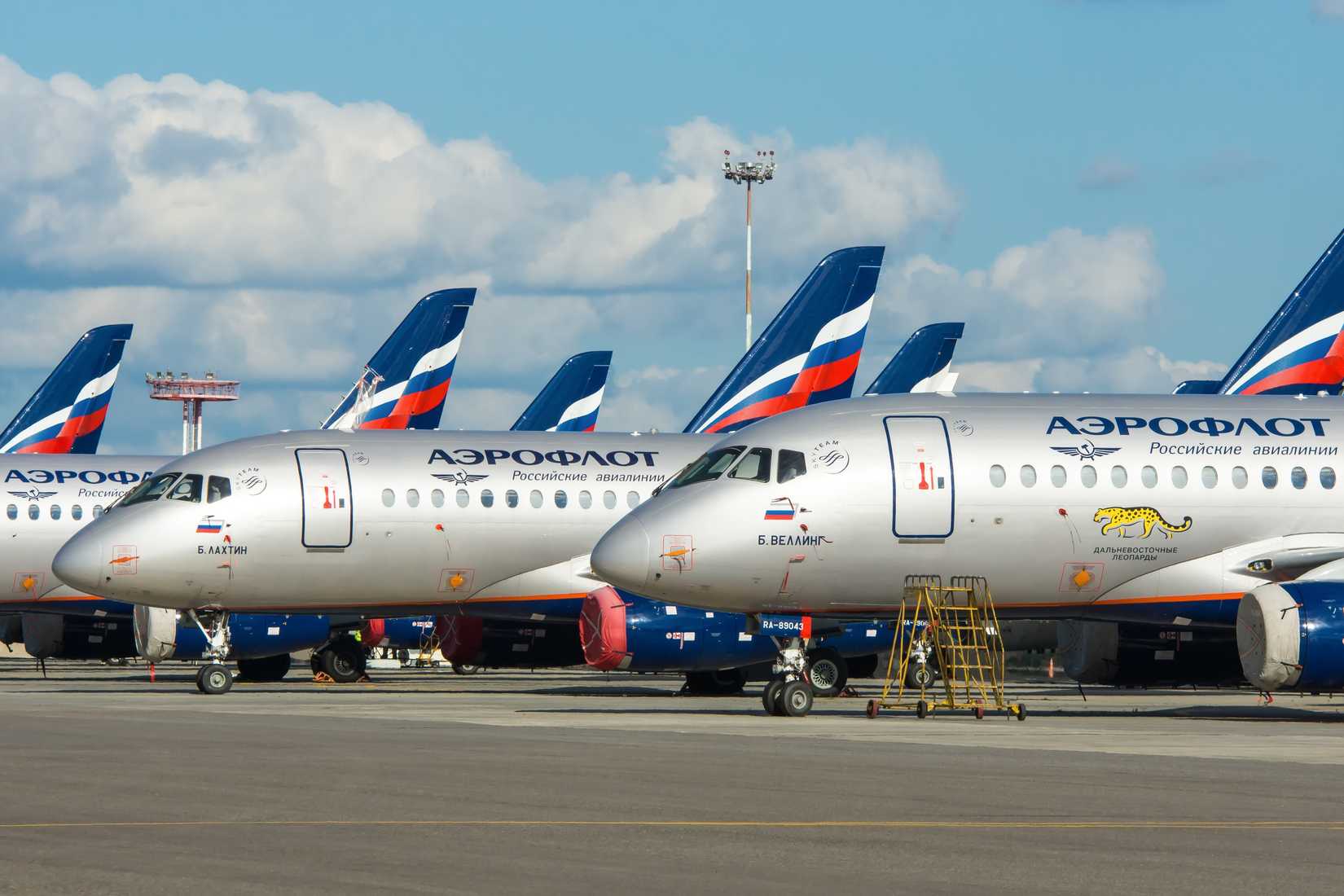In the wake of the rising number of safety incidents and accidents, Russia has decided to inspect various aspects of the airline operations of more than 50 regional operators in the country. Apart from the lack of aircraft and parts, the lack of a suitable workforce is also a contributing factor among many.
These inspections are planned to be undertaken across a period of 12 months, in hopes of making the carriers’ operations safer and, where possible, improving the safety standards of operations.
Large-Scale Safety Inspections
As per a report from The Moscow Times, the government of Russia has decided to launch a large-scale safety inspection program, which will see 51 different regional airlines, including Auroa, Azimuth Airlines and more within the country, being audited on various operational aspects of the carrier. This has been prompted by the increasing number of safety incidents and accidents recorded across the country’s aviation sector over the course of the past few years.
Reports indicate that, as per the Russian Authorities, the number of commercial aviation accidents recorded in the country doubled from eight in 2023 to 17 in 2024. Additionally, during the same period, the number of fatalities has increased by three times from 12 to 37, and, thus far, in 2025, fatalities recorded from major incidents are 53 (440% increase from 2023 figures).
It was quoted by the publication that the authorities believe the need for the audit on these regional airlines is because they:
“pose a real threat to human life,”
Aerospace Global News reports that the investigation of these 51 airlines is set to run from December 2025 to December 2026, and the audit will look at each airline’s aircraft maintenance, crew training, flight safety procedures, and the overall airworthiness of the aircraft being operated.
International Sanctions Play A Significant Role
A key reason contributing to the rising number of safety incidents is the international sanctions the country is facing, which have effectively stunted Russia’s aviation industry as operators are no longer able to get new aircraft or parts, subsequently resulting in carriers being unable to grow their fleet and, more importantly, unable to maintain their existing fleets safely.
The sanctions not only include Western OEMs such as Airbus, ![]() Boeing, and Embraer, but also the Chinese manufacturer Comac, because of the components being used in the aircraft, including the aircraft engines.
Boeing, and Embraer, but also the Chinese manufacturer Comac, because of the components being used in the aircraft, including the aircraft engines.
Aircraft such as the Comac C919, despite being a Chinese-built aircraft, are powered by CFM’s LEAP-1C engines, which are manufactured by CFM International, a joint venture between US-based GE Aerospace and French-based Safran.
Therefore, the carrier has resorted to a variety of means, such as grounding aircraft and cannibalizing them for parts, acquiring parts illegally via the black market, and reactivating older aircraft that were previously retired. However, these still pose a significant safety risk to flight operations. This became evident earlier this summer when an An-24 operated by Angara Airlines crashed in Russia, resulting in the fatalities of all 49 people on board.
The aircraft involved in this crash was built in 1976, making it 49 years old at the time of the accident.
What Can Russian Airlines Do?
As far as the sanctions remain in place, sourcing aircraft and parts from Airbus, Boeing, Embraer, and other Western OEMs remains impractical. As for COMAC aircraft, while it is not possible to acquire them at the moment, the Chinese manufacturer is currently undergoing the process of trying to produce and certify all components of the aircraft domestically in order to shed international dependence and influence.
If they are to succeed in domesticating all components of the aircraft, then it would be possible for Russia to acquire new aircraft and parts from China. This would enable Russia to use these aircraft domestically, to China, and to any other nation that has not banned Russian operators from their airspace and has certified these COMAC aircraft.
However, this is still a long way off, as COMAC is struggling to meet its own delivery targets for aircraft such as the C919, which had its production target slashed from 75 to 25 this year. Russia currently relies on its domestic manufacturers, such as Yakolev and Ilyushin, for most domestic operations. Russia’s United Aircraft Corporation (UAC) has also recently patented a new long-range aircraft, citing that it is supposed to compete against the Boeing 787s in terms of operational costs, featuring the following specifications:
|
Aircraft |
Basic Model |
Shortened Version |
Extended Version |
|---|---|---|---|
|
3-class Capacity |
281 |
236 |
320 |
|
Range |
13,600 km |
12,000 km |
10,300 km |
However, it is worth noting that designing a new aircraft can be challenging and time-consuming at the best of times, so it will be interesting to observe how UAC will face these challenges in a heavily sanctioned environment.





